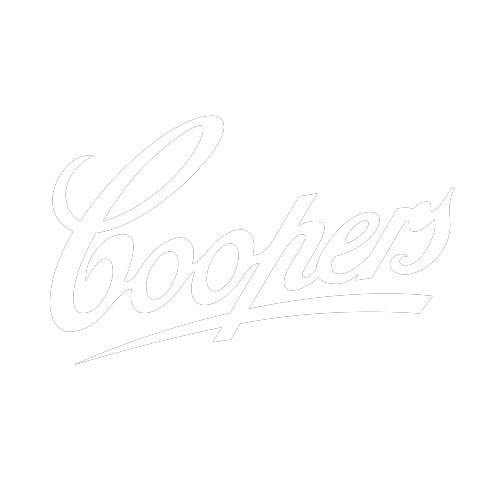Green Room
Material Politics
6 May–15 July 20176 May–15 Jul 2017
#MaterialPolitics
Conceptualism, frugality and politics combine to create powerful reflections on the society we live in the group show Material Politics. In 1985 artist, curator, and then IMA Director, Peter Cripps, curated the landmark show Recession Art and Other Strategies, coining a local art movement “made under the pressure of the little money and an insignificant market”. The tendencies pointed out by Cripps’s exhibition, which featured Gunter Christmann, Robert MacPherson, John Nixon, Peter Tyndall, and the curator himself, carry forward today but with a varied set of more or less political agendas. Many Australian artists are still turning to the curbside or ubiquitous hardware stores such as Bunnings for readily-available materials but the motivations are not purely economical.
This exhibition brings together a number of recent and newly commissioned works by artists who are using everyday materials and approaches to explore issues of ecology, inequality, surveillance, and sovereignty. As in 1985, capitalism and its relationship to art bring about some of the strategies employed. However, their approaches are coloured by the last three decades of rapid socio-economical changes brought on by increased mobility and the advent of digital technology, the lasting legacies of the colonial era, and the ongoing impacts of fast-paced gentrification in Australian cities.
The exhibition, which runs until 15 July, is centred around a series of new commissions and recent works by Zach Blas and Jemima Wyman, Megan Cope, Gabriella Mangano and Silvana Mangano, Archie Moore, Raquel Ormella, Keg de Souza, and Tintin Wulia.
Artists
Zach Blas is an artist, writer, and lecturer in Visual Cultures at Goldsmiths, University of London. He is a recipient of a 2016 Creative Capital award in Emerging Fields. Jemima Wyman is an interdisciplinary artist based in Los Angeles. Her most recent solo exhibition, Counterpower, was held at Sullivan + Strumpf. She has a commissioned work in The National at Carriageworks. During a month-long IMA residency the artists have collaborated to produce a new four-channel video that draws from both of their approaches to patterns.
Megan Cope is a Quandamooka woman from North Stradbroke Island. Her works have been presented at PARAsite Gallery in Hong Kong, and City Gallery, Wellington in New Zealand, the IMA, Brisbane, and Artspace Sydney, amongst other institutions. In 2017, a major new work was commissioned for The National in Sydney and is currently on view at the Art Gallery of New South Wales. Cope is also a member of the Brisbane-based Aboriginal Art Collective proppaNOW.
Megan Cope is a Quandamooka woman from North Stradbroke Island. Her works have been presented at PARAsite Gallery in Hong Kong, and City Gallery, Wellington in New Zealand, the IMA, Brisbane, and Artspace Sydney, amongst other institutions. In 2017, a major new work was commissioned for The National in Sydney and is currently on view at the Art Gallery of New South Wales. Cope is also a member of the Brisbane-based Aboriginal Art Collective proppaNOW.
Gabriella Mangano and Silvana Mangano live and work in Melbourne. Their artistic collaboration explores documented performance using the body and simple materials to emphasise gesture, process, and sculptural form. Recently their art practice has shifted from looking at movement through local environments to working alongside collectives that explore social and political gestures.
Archie Moore, an artist who lives in Brisbane, questions signifiers of identity. His practice is embedded in Aboriginal politics and the wider concerns of racism. Uncertainty is a recurrent theme pertaining to his paternal Kamilaroi heritage. Exhibitions include 20th Biennale of Sydney (2016); The National: New Australian Art, Carriageworks, Sydney (2017); and Defying Empire: 3rd National Indigenous Art Triennial, National Gallery of Australia, Canberra (2017).
Archie Moore, an artist who lives in Brisbane, questions signifiers of identity. His practice is embedded in Aboriginal politics and the wider concerns of racism. Uncertainty is a recurrent theme pertaining to his paternal Kamilaroi heritage. Exhibitions include 20th Biennale of Sydney (2016); The National: New Australian Art, Carriageworks, Sydney (2017); and Defying Empire: 3rd National Indigenous Art Triennial, National Gallery of Australia, Canberra (2017).
Sydney-based Raquel Ormella’s diverse practice includes video, installation, drawings, and zines, working at the intersections of art and activism. Ormella investigates how contemporary art encourages processes of self-examination regarding political consciousness and social action. With a particular focus on urban expansion and forest activism, Ormella’s practice explores the relationship between humans and the natural environment.
Keg de Souza’s work explores the politics of space, often using food and conversations housed in temporary architectures to think through displacement caused by forces such as colonisation and gentrification. This investigation of social and spatial environments is influenced by her formal training in architecture and experiences of radical spaces through squatting and organising.
Keg de Souza’s work explores the politics of space, often using food and conversations housed in temporary architectures to think through displacement caused by forces such as colonisation and gentrification. This investigation of social and spatial environments is influenced by her formal training in architecture and experiences of radical spaces through squatting and organising.
Brisbane-based Tintin Wulia has exhibited in major international exhibitions such as Istanbul Biennale (2005), Yokohama Triennale (2005), Jakarta Biennale (2009), Moscow Biennale (2011), Gwangju Biennale (2012), Asia Pacific Triennale (2012), Sharjah Biennale (2013) and Jogja Biennale (2013). In 2017, she will represent Indonesia at the Venice Bienniale. Her work is part of public and private collections including the Van Abbemuseum, Singapore Art Museum, Queensland Art Gallery/Gallery of Modern Art and He Xiangning Art Museum.






